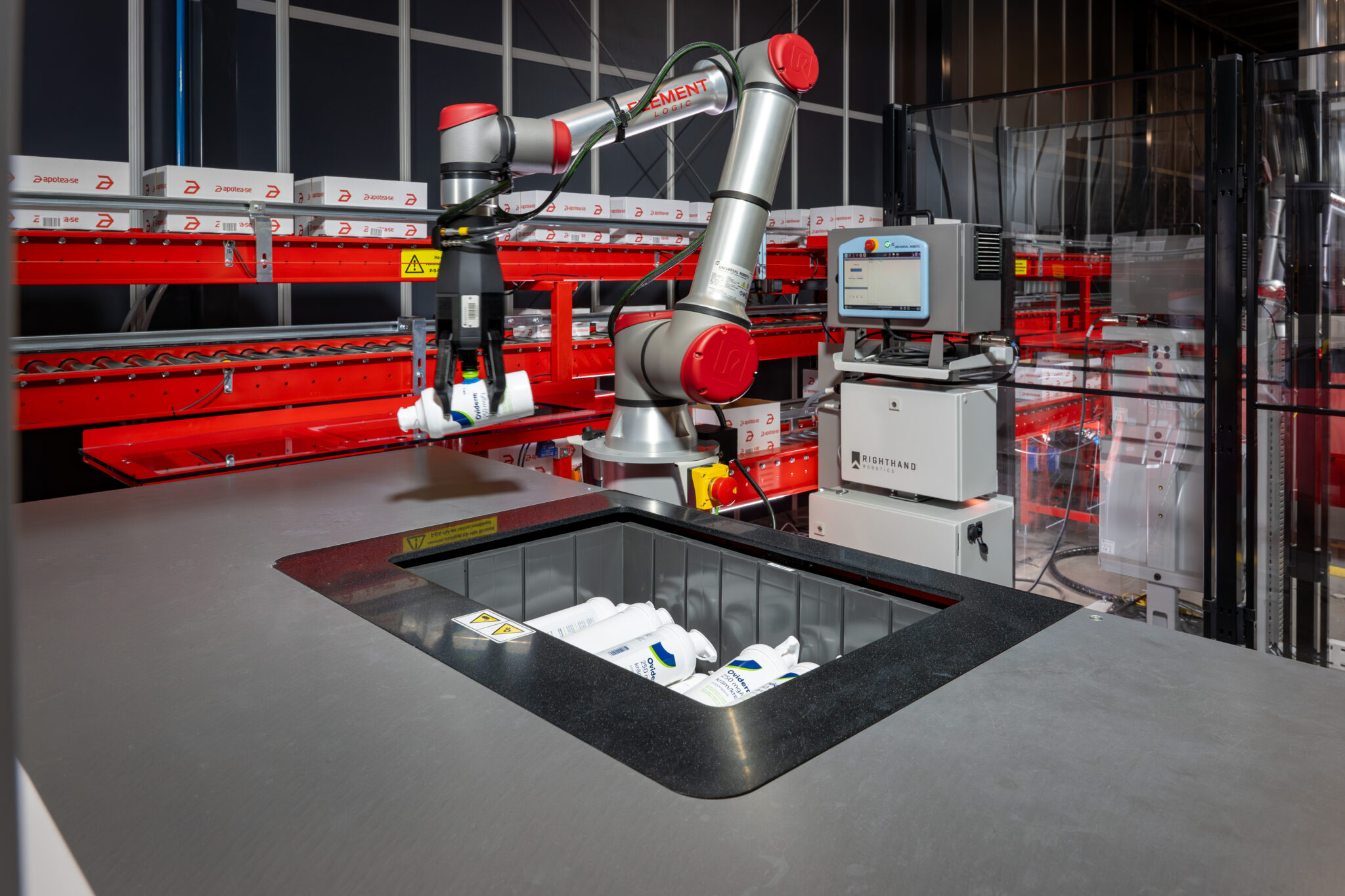There were many Davids at the Manifest convention. Logistics Business’ David met with 3 namesakes, including Blue Yonder’s Senior Director for Global Retail Industry Strategy.
Blue Yonder is a major global player in supply chain operating systems, offering specific products for WMS, TMS, Warehouse Execution, Order Management (boosted by the acquisition of Yantriks), Demand Planning, Inventory Optimisation and more. With a turnover of $1.28bn, 6000 employees and 167 new customers last year, representing 17% growth, it is a Microsoft Azure cloud computing partner and a division of Panasonic. The company has released a digital cognitive platform, ‘Luminate’, a generative AI capability, ‘Orchestrator’, and a new data cloud service with its partner Snowflake.
Dave Hamilton, pictured, has 30 years’ experience as a specialist in retail logistics in the USA, much of it at Best Buy. I asked him about the recent acquisition of Doddle, a company we spotlighted in our February issue (p6-7). “We’re excited to have them in the group. They’re strong in solving the returns issue and growing in North America now.”
“Snowflake will change how organisations connect their supply chain network,” Hamilton explains. “Currently there is the challenge of middleware (software that lies between an operating system and the applications running on it), but Snowflake eliminates that as it’s permissive, for example if using ERP software. Data is gold. The ability to share it via the cloud, end-to-end, is great.”
Inter-operable Solutions
I asked Hamilton about the interaction of Blue Yonder software applications with IT hardware used in warehousing and distribution. “Best-in-class is what we want,” he replies, “but we don’t have to provide every hardware product.” Customer use cases span applications in planning, DCs, commerce and transport management, in the third party logistics sector, retail or any manufacturing industry.
Of course, you cannot discuss all these areas without mentioning AI. “In problem-solving, generative AI enables the customer to go further,” Hamilton states. This can result in reducing costs or increasing inventory. “Orchestrator (which runs on its Luminate platform) is agile and co-ordinates decision-making.” It factors in all relevant data and context within the supply chain application to optimize and augment user prompts.
“Blue Yonder Orchestrator helps companies bring value to their data, which is where many companies struggle,” said Duncan Angove, CEO, Blue Yonder. “It allows business users to quickly access recommendations, predictive insights, and intelligent decisions to ensure they generate the best outcomes to impact their supply chain positively. In today’s supply chain environment, in which many professionals are nearing retirement age and it’s challenging to retain that institutional knowledge, companies can use Orchestrator as a trusty supply chain assistant that can augment intuition – using the value of the data – to make better and faster decisions.”
Supply Chain Transformation
In the transport management environment FedEx is a major customer. “Our carbon footprint isn’t big, we just sell software, but we can help customers reduce theirs and aid the EV transition,” adds Hamilton. These days WMS is normally co-ordinated with TMS. It should be quick to install. WES looks at tasks and resources in order to plan human and robotic labour. Blue Yonder partner with materials handling equipment suppliers like GreyOrange but remain brand agnostic.
British retail customers include ASDA, M&S, and Sainsbury’s – for whom it has provided inventory planning and other solutions as part of a multi-year supply chain transformation. “We tend to work with tier 1 retailers, plus up-and-coming ones and the sector is as much as 60% of our revenue,” Hamilton reveals, “but we’re putting a lot of attention into 3PLs/LSPs and looking to grow there.”
Innovation leads to an improved customer experience. “We’re a true partner to customers,” he adds. “I’ve sat in their shoes so I can really talk to them. That gives us credibility, but ultimately the product needs to work. Seeing the progress is key. Our teams help provide the value analysis. We should take ours cues from customers and keep our promises in terms of developing products and being future-ready.”
read more







